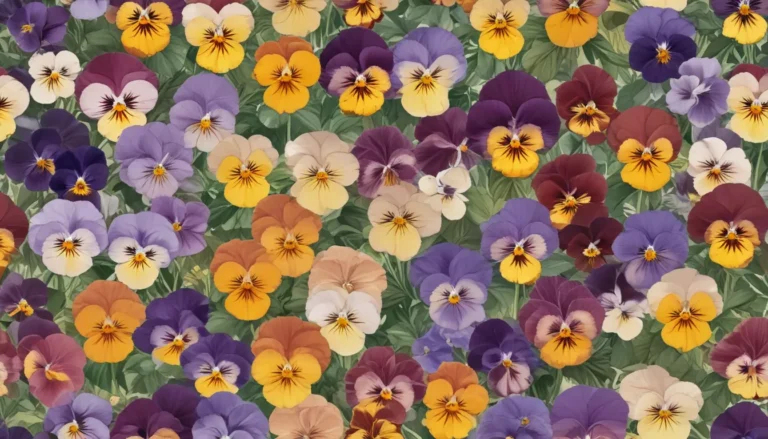The Complete Guide to Growing Native Swamp Sunflowers

Are you looking for an easy-care perennial plant that thrives in moist conditions, blooms in the fall, and attracts pollinators to your garden? If so, consider adding native swamp sunflowers (Helianthus angustifolius) to your landscape. These stunning sunflowers are the perfect addition to any garden, providing color and interest from early spring through late autumn.
In this in-depth guide, we’ll cover everything you need to know about growing and caring for swamp sunflowers. From propagation and planting to maintenance and best uses, we’ve got you covered. Let’s dive in!
What Are Swamp Sunflowers?
Swamp sunflowers are native to the eastern United States and belong to the aster family. These perennial sunflowers are not as commonly grown as annual varieties, such as H. annuum. They have a rich history, with indigenous tribes cultivating them for thousands of years for food, medicine, dye, and paint.
Known for their dark green, rough foliage, swamp sunflowers are a visually stunning addition to any garden. They spread via rhizomes and self-seed, making them a low-maintenance option for gardeners.
These plants can reach heights of five to eight feet, with some varieties growing even taller. They bloom in late summer and continue to provide color in the fall, attracting pollinators like bees and butterflies. In addition, songbirds are drawn to the meaty seeds, making them a valuable food source for wildlife.
Swamp Sunflower Propagation
The easiest way to propagate swamp sunflowers is through divisions. You can also sow seeds indoors or directly into the garden. When transplanting divisions, ensure they are placed in well-draining soil and watered regularly until established. Seeds should be sown on the soil surface and kept moist until germination.
How to Grow Swamp Sunflowers
Plant swamp sunflowers in full sun for best results, although they can tolerate partial shade. Soil should be kept consistently moist, especially during the growing season. These plants thrive in a variety of soil types, including clay, sandy, and wet conditions. While they do not require fertilizer, regular watering is essential for healthy growth.
In terms of maintenance, pruning can help keep swamp sunflowers looking their best. Pinch back stems in midsummer to encourage bushier growth and prevent them from looking scraggly.
Best Uses for Swamp Sunflowers
Swamp sunflowers are ideal for swampy spots, native plantings, and the back of borders. They also do well in coastal gardens, as they can withstand salt air. These low-maintenance plants are perfect for gardeners who want to enjoy beautiful blooms without a lot of fuss.
Quick Reference Growing Guide
- Plant Type: Flowering herbaceous perennial
- Flower/Foliage Color: Yellow/emerald green
- Hardiness (USDA Zones): 4a-9a
- Bloom Time: Late summer, fall
- Exposure: Full sun
- Spacing: 12-48 inches
- Height: 4-10 feet
- Water Needs: Moderate
For a full breakdown of growing information, refer to the quick reference guide above.
Swamped with Perennial Sunflowers
If you’re looking to add a pop of color to your garden with minimal effort, consider planting native swamp sunflowers. These stunning perennials are easy to grow, attract pollinators, and provide visual interest from early spring through late autumn. Make sure to plant them in well-draining soil, keep them moist, and enjoy their beautiful blooms all season long.
If you have any questions or tips to share about growing swamp sunflowers, feel free to leave a comment below. And for more helpful information on growing sunflowers, check out our other guides on different sunflower varieties and how to care for them.
With this comprehensive guide, you now have all the information you need to successfully grow native swamp sunflowers in your garden. Whether you’re a seasoned gardener or a beginner, these versatile plants are sure to add beauty and interest to your landscape. So get out there and start planting those sunflowers today!





